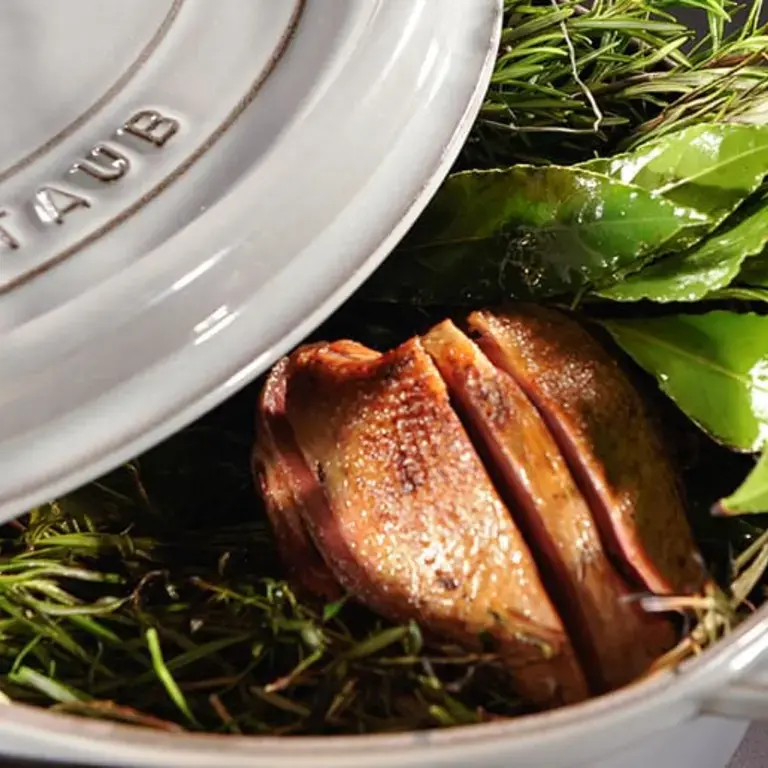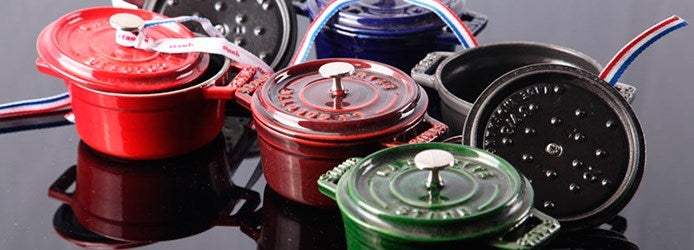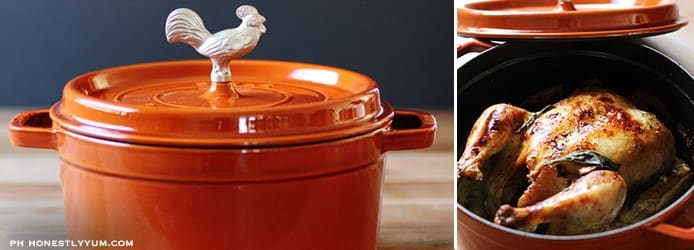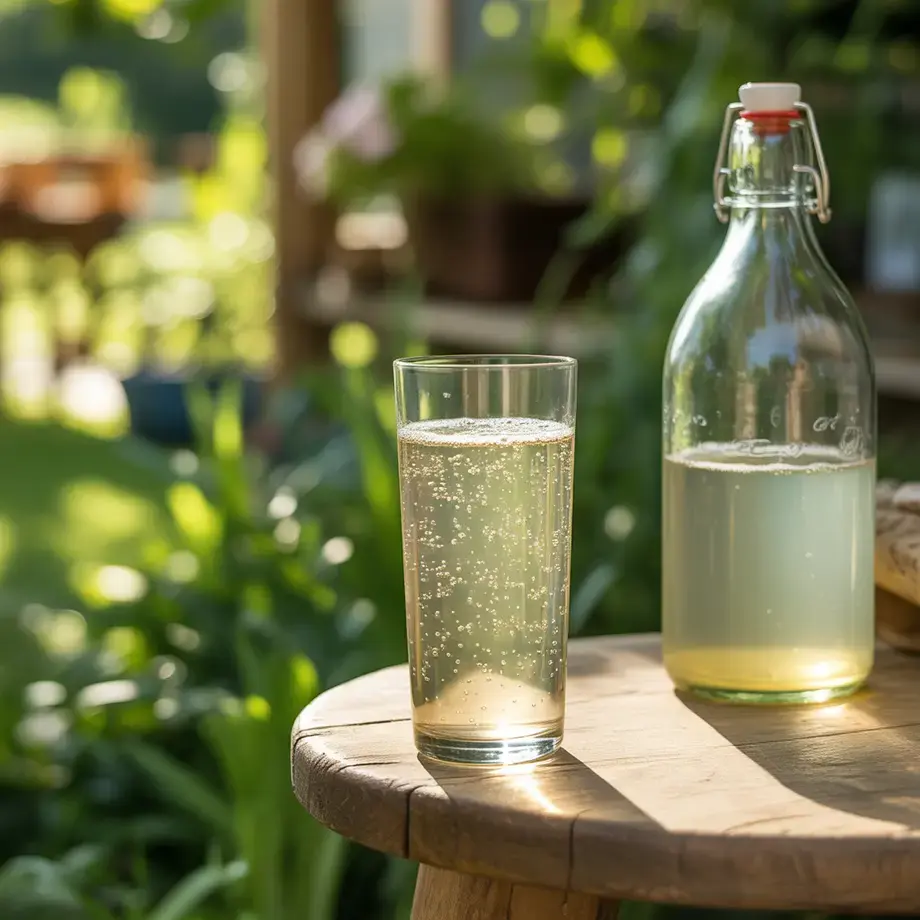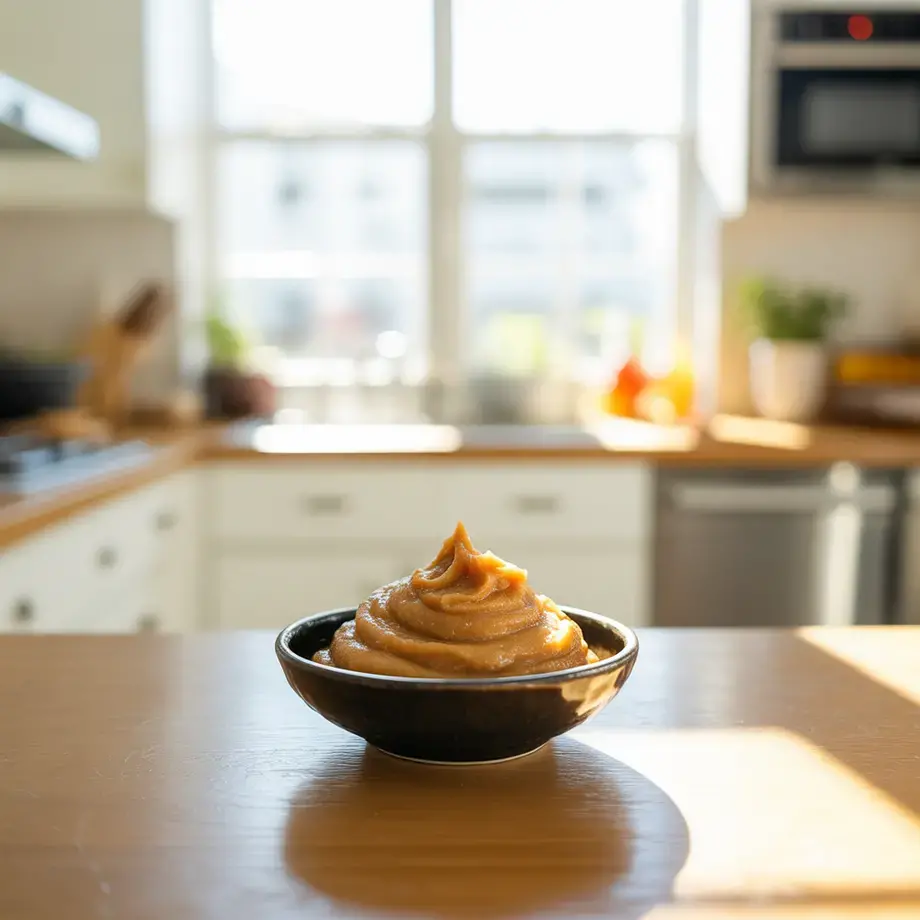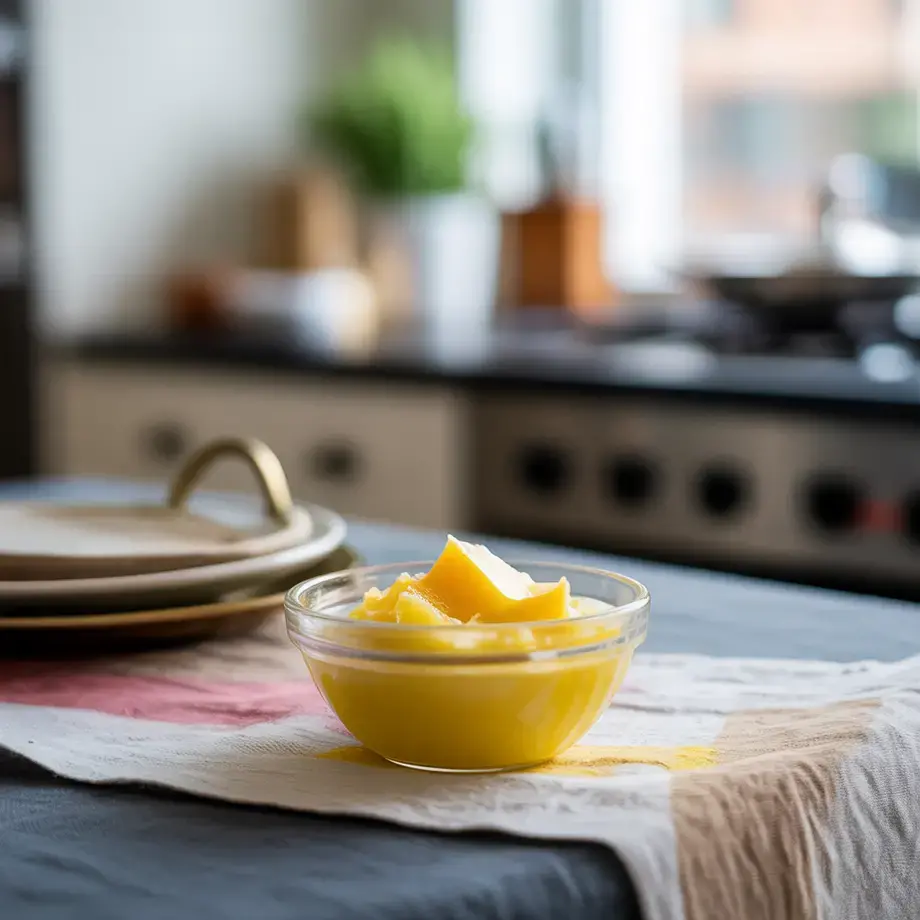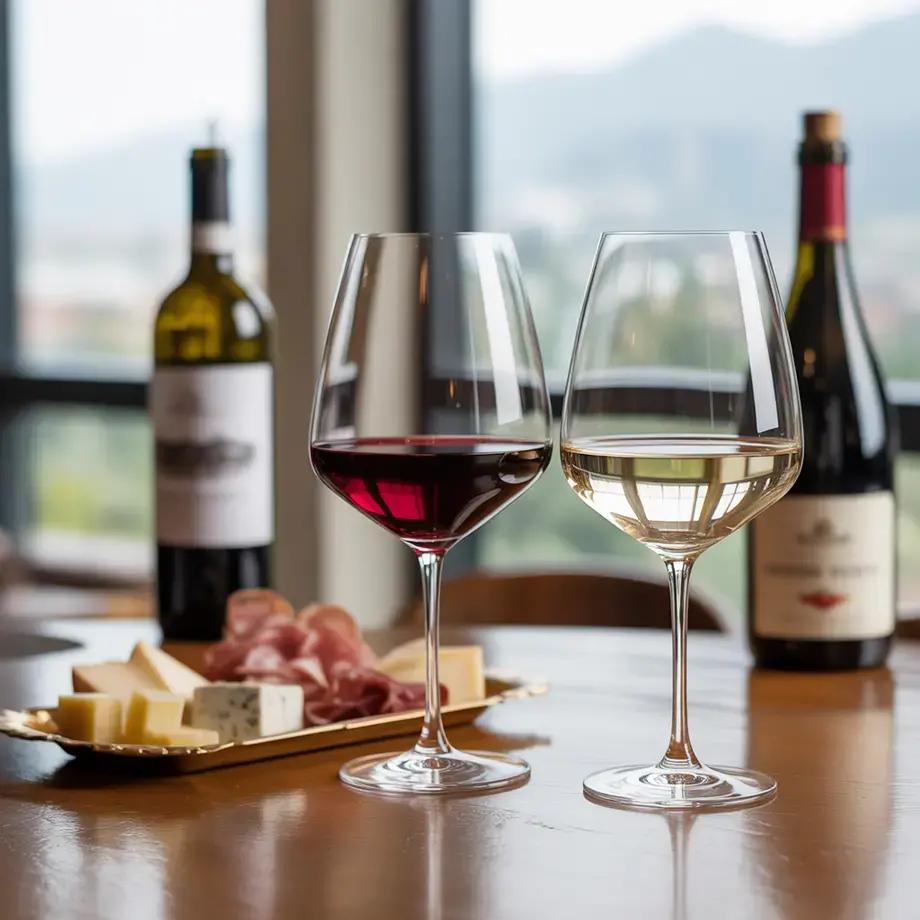Nothing could be simpler: you place a piece of meat, usually lamb or chicken, in a cocotte, and then add some chopped vegetables, salt and a few herbs. Put the lid on and cook over a very gentle heat. What do you get? Meat that is tender, succulent and packed with flavour.
This is the basic principle of the cocotte cooking method. “En cocotte”, as French people say, cocotte being a typical round or oval French cooking pot made from cast iron or stove-resistant ceramic. In the past, cocottes used to be placed over a fire and hot embers were thrown onto its lid, to ensure that the food was cooked all the way through. Today, thanks to the use of better materials and shapes conducive to perfect heat circulation, the cocotte is a utensil that is more widely available and simple to use. Nevertheless, modern cocottes preserve the most important characteristic of this cookware, that of requiring no liquid. This is the difference between cooking en cocotte and traditional braising.
Another difference is that when braising, small pieces of meat are used, while larger pieces and whole chickens are the protagonists of en cocotte preparations. Furthermore, the result is generally much more tender. So, to sum up: no liquid, a more authentic flavour, succulently tender meat and a simpler cooking method. Obviously, there must be a trick to cooking en cocotte so let's investigate and discover what science has to say about it.
